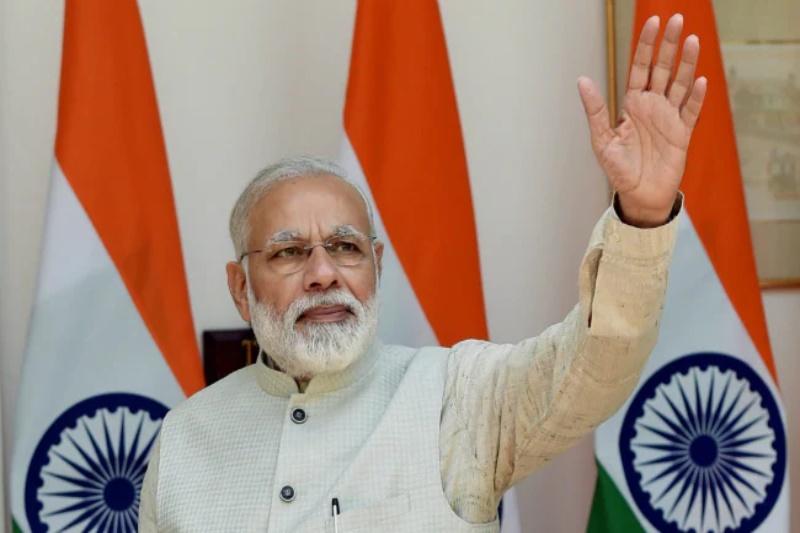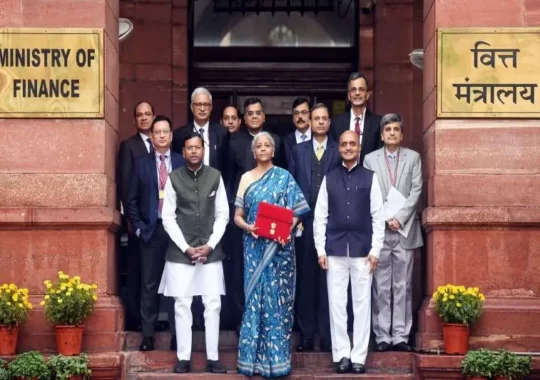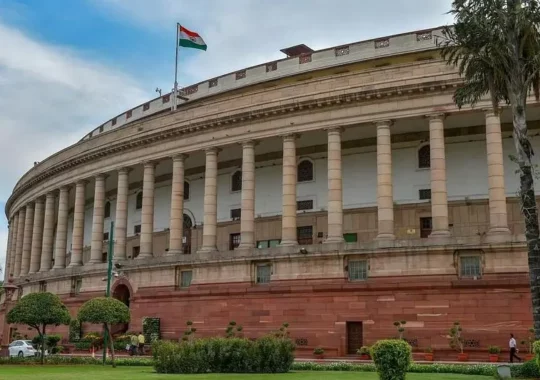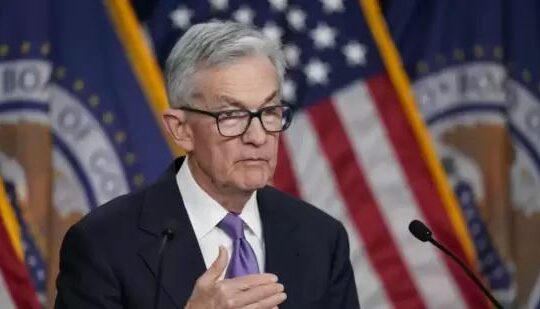World Economic Forum participants find the WeLead Lounge, a renovated boutique promoting India’s female leadership and talent, along the Davos Promenade. The India Engagement Center is another location that highlights India’s development narrative, digital infrastructure, and developing startup scene.
Indian technology and consulting behemoths Wipro, Infosys, Tata, and HCLTech are in full force at the forum to demonstrate the nation’s expertise in critical technologies like artificial intelligence, a topic that is currently gaining a lot of attention.
The significant Davos promotions follow India’s recent overtake of China as the world’s most populous nation. Presently, in front of some of the wealthiest and most influential individuals on the planet, India is promoting its expanding prowess as an innovative nation and a global center for commerce.
“India’s presence is certainly sizable — it has some of the most sought-after spots on the main promenade for tech companies,” Ravi Agrawal, editor-in-chief of Foreign Policy and former CNN India bureau chief, told CNBC at Davos. “As China’s economy slows down, India’s relatively rapid growth stands out as a clear opportunity for investors in Davos looking for bright spots.”
China’s GDP grew 5.2% in the previous year, up from 3% in 2022 but down from 8.1% in the year before. India’s GDP shrank to 7.2% in the most recent fiscal year from little over 9% in the previous one.
India has been making more of an effort to position itself as a more powerful player in business and technology on the global scene. States that are promoting themselves as AI and manufacturing hotspots, like Karnataka, Tamil Nadu, Telangana, and Maharashtra, are represented at Davos.
“In that sense, the separate state pavilions send a message — that various regions in India are competing with each other to offer global companies the best access,” said Agrawal, who has been attending Davos for more than a decade and is the author of “India Connected,” which chronicles how the smartphone led to a more connected and democratic India.
India still has many obstacles to overcome.
According to data from the World Bank, more individuals migrate out of India than into it most years. Net migration exceeded 300,000 in 2021. Meanwhile, pushed by high U.S. interest rates and unpredictable oil prices, the rupee has severely declined in value relative to the dollar.
The International Trade Administration lists “price sensitivity” among consumers and enterprises as one of the main hazards associated with conducting business in India.
“As always, the question is whether India can genuinely facilitate business there and whether domestic consumers there can spend enough to justify sustained foreign investment,” Agrawal stated.
Looking for overseas investment
However, in the last few years, foreign direct investment has increased dramatically, rising from $36 billion in 2014—the year Prime Minister Narendra Modi was first elected—to $70.9 billion in 2023, based on data compiled by digital media publisher Visual Capitalist using information from the Reserve Bank of India and S&P Global.
Dell
, HP
, Lenovo and other major manufacturers are committing to making their products locally in India as part of the country’s production-linked incentive scheme.
Apple
is among the most prominent instances of a U.S. corporation that sought to shift its manufacture from China to India in order to prevent supply problems for the iPhone and other important goods.
With the opening of its first store in India last year, Apple demonstrated the market’s significance for the future of the iPhone manufacturer. The store, named Apple BKC, is located in Mumbai, a populated metropolis.
“We had an all-time revenue record in India,” Apple CEO Tim Cook said on the company’s latest earnings call in November, in response to an analyst’s question about the company’s momentum there. “It’s an incredibly exciting market for us and a major focus of ours. We have a low share in a large market. And so it would seem that there’s a lot of headroom.”
Additionally, India is working hard to promote American investment.Last year, the nation played host to SemiconIndia, a significant semiconductor industry gathering where American manufacturers were invited to highlight existing investments in India and make announcements about new ones.
AMD
, which is chasing Nvidia
in the AI chip market, said it plans to invest around $400 million in India over the next five years, including a new campus in Bangalore that will be the company’s largest design center. And Micron
announced plans to invest up to $825 million toward setting up a semiconductor assembly and testing facility in the state of Gujarat.
According to Jack Hidary, CEO of SandboxAQ, which uses AI and quantum computing technologies for cybersecurity and drug discovery, India is witnessing an acceleration in the use of technology as a result of inefficiencies in basic public services like health care.
In particular, AI presents India with a chance to differentiate itself from the competition, according to Hidary.
“This is a transformation that is well beyond even the mobile phone,” Hidary said. After the U.S. and China started investing in mobile infrastructure two decades ago, “almost everyone in those countries quickly got a smartphone and had access to the web and to apps,” he said.
Though he added, “that’s about to change,” “600 million people in India out of the 1.3 billion still don’t have a smartphone.”
According to Hidary, the $12 smartphone from Indian tycoon Mukesh Ambani’s Jio would provide service to around 600 million people in India. The richest person in Asia, Ambani, is also in Davos for the WEF.
“In the next three years, he and a few other Indian services will literally close that digital gap,” Hidary declared. In general, Hidary stated that India is exerting significant effort at the occasion because its authorities “know it’s a moment of great transformation.”
A significant year for India
In other respects, this is going to be a landmark year for India. A general election is scheduled for April or May, with Modi running for reelection.
During Modi’s tenure, major U.S. tech companies, including Alphabet
, Meta
, and Amazon
have made massive bets on India. Amazon invested $2 billion into the country in 2014, and another $3 billion in 2016. Walmart
acquired e-commerce company Flipkart for $16 billion in 2018.
2020 saw Meta spend $5.7 billion in Jio, the Reliance Industries digital division under Ambani. Google then invested $4.5 billion in the business.
Beijing has been unable to import some of the most cutting-edge semiconductors from American giants like AMD, Intel, and Nvidia for months.
The president and founder of Eurasia Group, Ian Bremmer, told CNBC that India’s democracy presents a significant opportunity for the country to grow even further.
“The good thing about India is the fact that it’s a stable country, with a very popular leader,” Bremmer said. “They’re about to have an election that’s going to be absolutely uncontroversial, and free and fair. And their growth is pretty strong.”
In comparing India to the United States, Bremmer pointed out that the former is a “very decentralized country,” with many states essentially vying for foreign investment. He added he could see governments in the United governments adopting a similar strategy in the future.
“It’s not inconceivable to me that in five years time at Davos, you would see individual U.S. states deciding to do the same thing,” he said. “Texas would be mopping up on fossil fuels and sustainable energy, if they had a storefront in Davos this year. And you know, California, frankly, would, too.”





